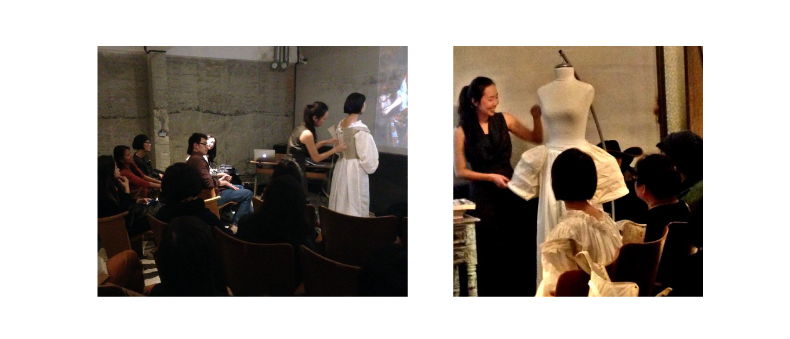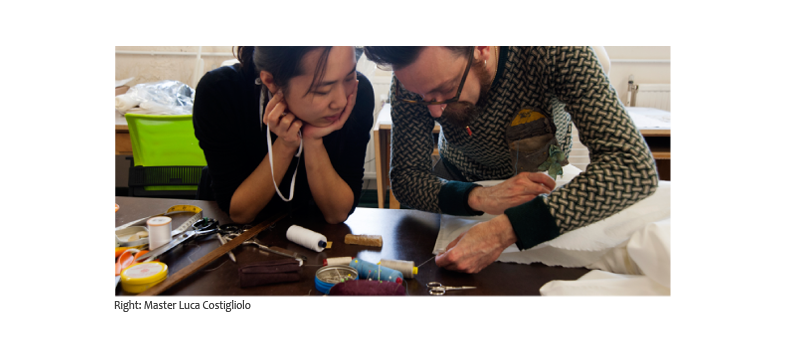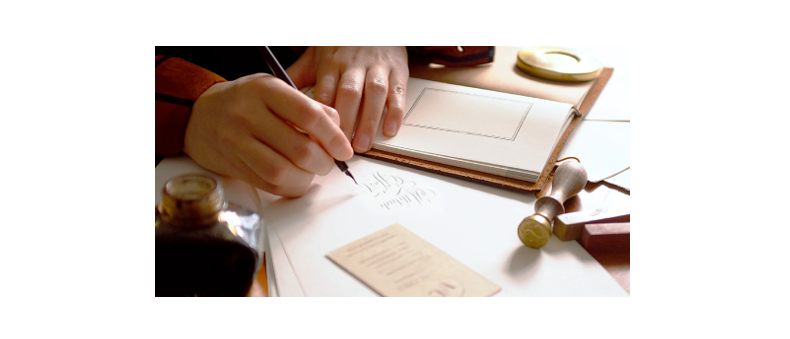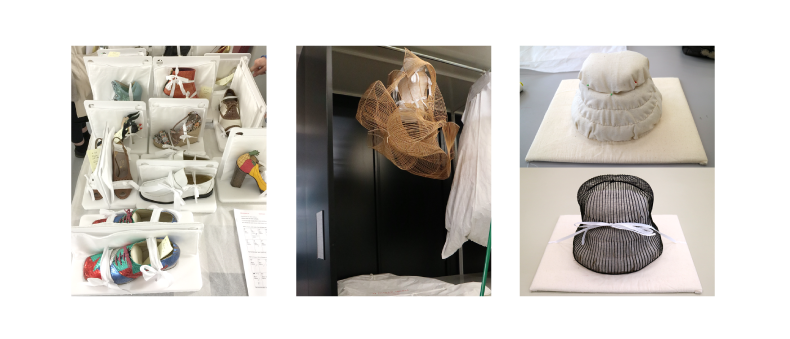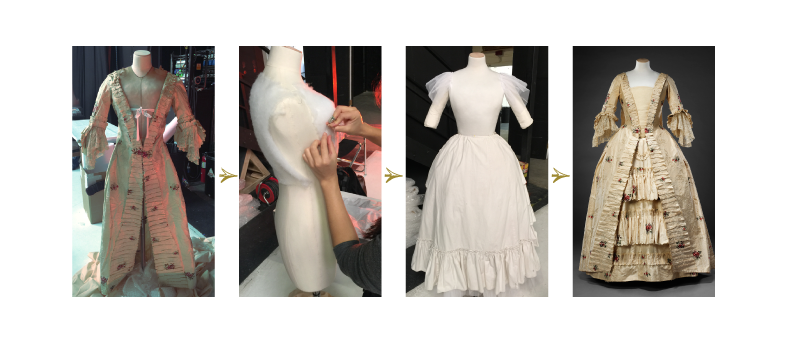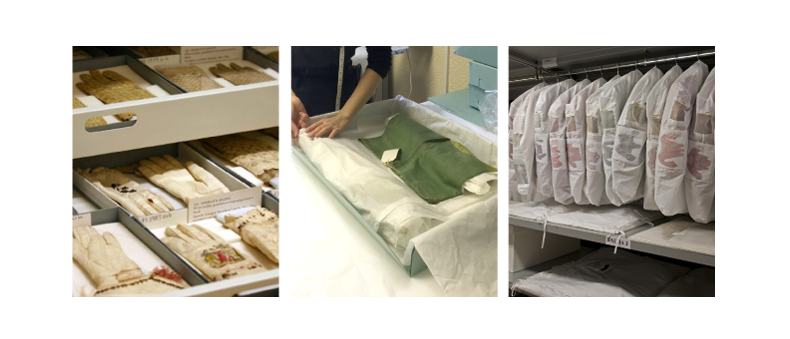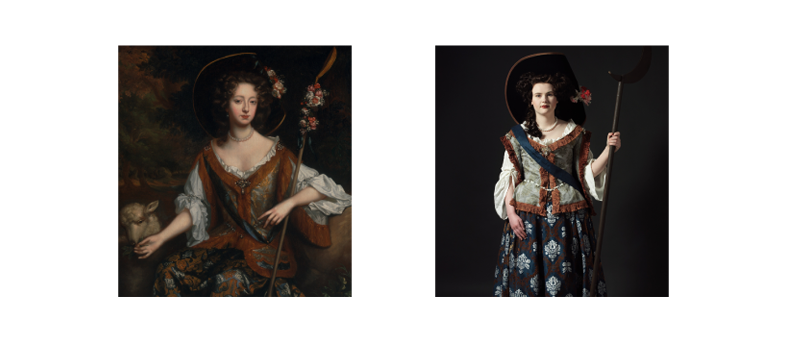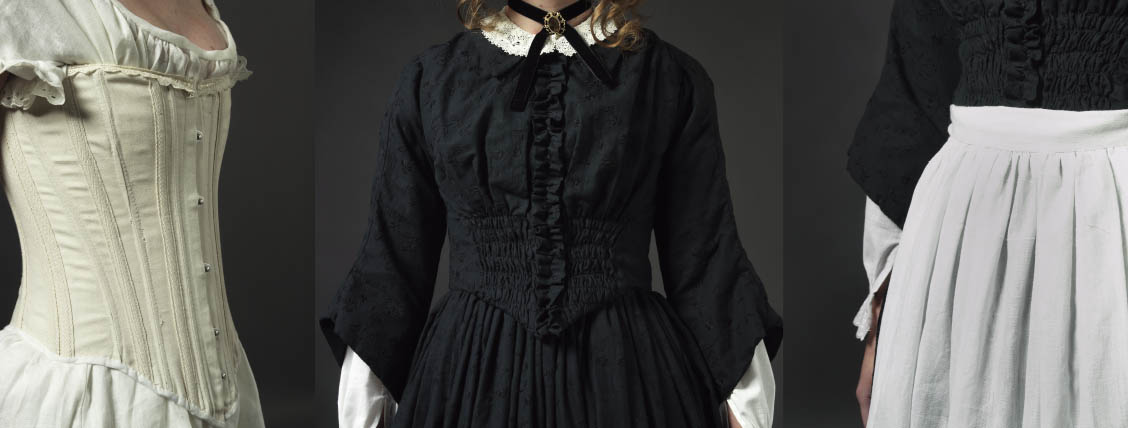

INDEPENDENT PROJECT
Living History Event
The Ordinary Life: 1860s Parlour Maid’s Uniform
COSTUME REPRODUCTION
It’s always more challenging to recreate the historical clothing of ‘ordinary people, or the working classes, as the primary reference sources are so much scarcer than those for the wealthier classes. Finding surviving garments, images and even written evidence can be extremely difficult.
So, when I set out to recreate the outfit of an 1860s English parlour maid, I was lucky to find the ideal reference point close to home: an extant maid’s uniform of a very similar style and date preserved in Gunnersbury Park Museum. This provided the perfect guide in drafting the garment patterns.
With working class clothes especially, the signs of wear and tear, accumulated over a long period, are vital to creating a lifelike reproduction. A servant’s clothes would have been well-used, cared for and repaired for far longer than the clothes of the people they served.
The maid would have had to be presentable at all times to people upstairs, so the outfit needed to look worn but not worn-out. For the breakdown process, I researched the daily tasks and repeated movements that would leave marks on the fabric, and create a character that was authentic and believable.
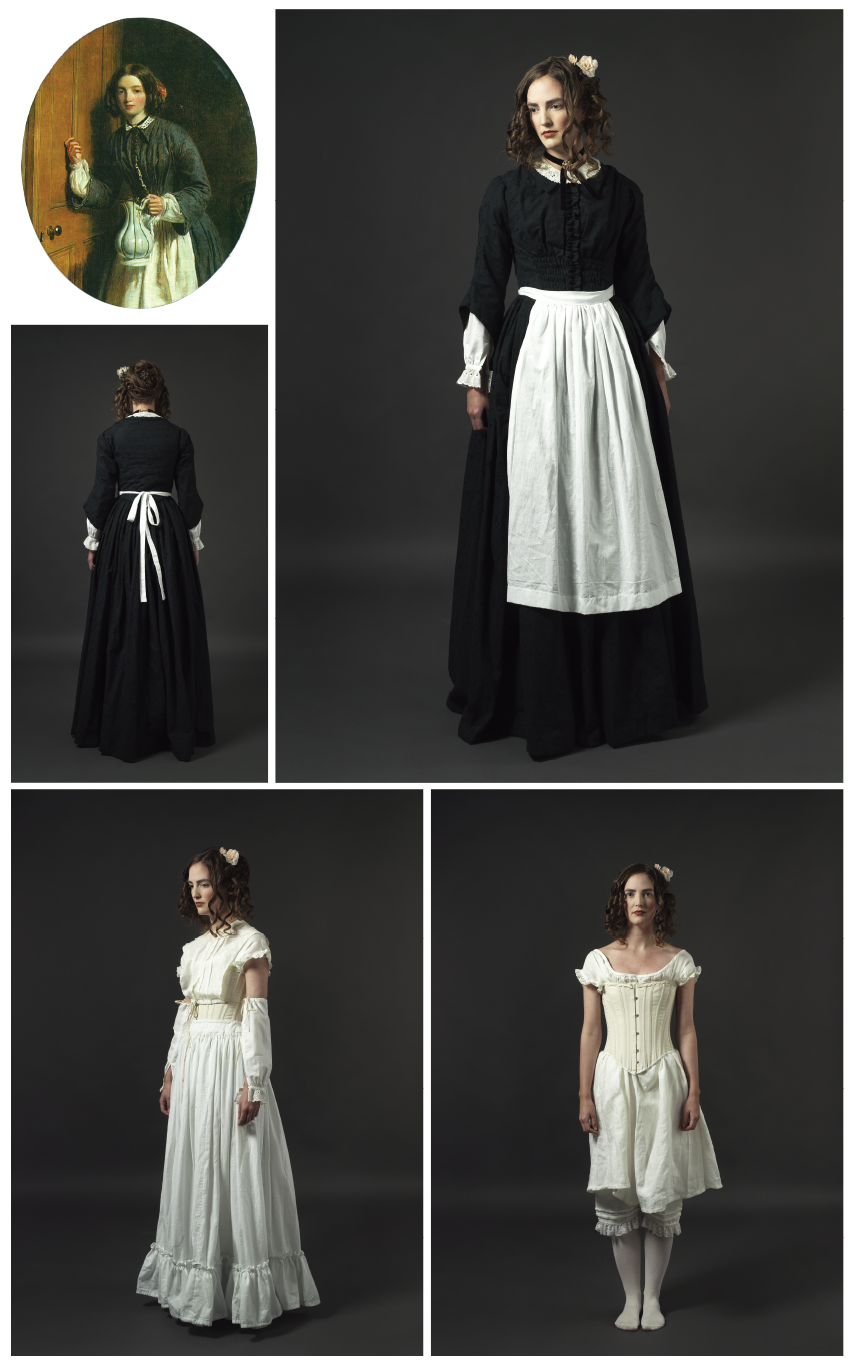
Top Left: Source from book: Below Stairs: 400 Years of Servants’ Portraits (2003) London: National Portrait Gallery
PHOTOGRAPH PRODUCTION TEAM
Photographer: Wirya Satya
Portraitist: Silje Ødemotland
Hair & Make-Up Artist: Stefanie Kemp
DESIGN REFERENCE
Lady’s Maid with a Flagon by W.P. Frith, 1860, England (Private collection)
MATERIAL
Corset: Cotton Drill and Heavy Calico
Drawer / Chemise / Chemisette / Under Sleeves: 100% Light Linen
Petticoat / Apron: 100% Natural Cotton
Top Skirt / Bodice: Cotton Silesia and Muslin



